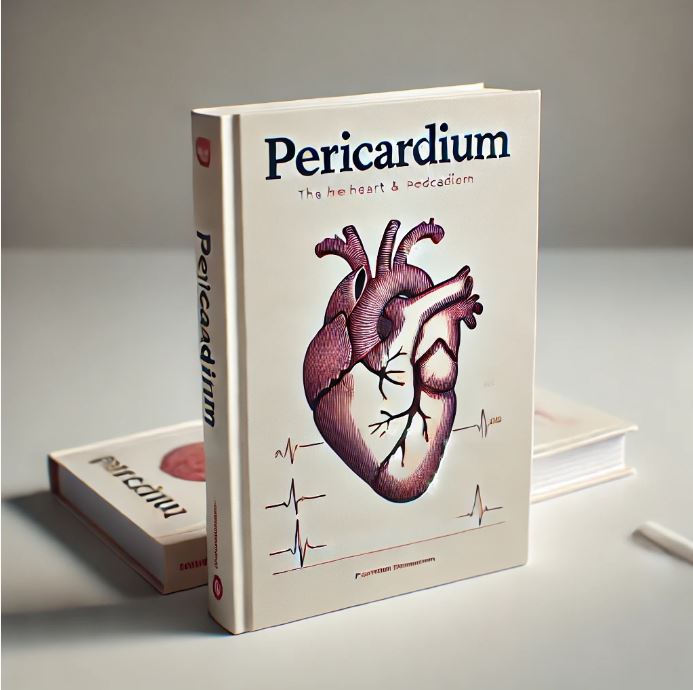Description
The pericardium is a double-layered sac that surrounds the heart and the roots of the great vessels. It plays an important role in protecting and stabilizing the heart within the chest, providing lubrication to reduce friction as the heart beats, and limiting overexpansion of the heart during sudden increases in blood volume.
Layers of the Pericardium:
- Fibrous Pericardium: The outer, tough, and inelastic layer made of dense connective tissue. It anchors the heart to the surrounding structures like the diaphragm and the sternum, preventing excessive movement of the heart.
- Serous Pericardium: The inner, thinner layer that is divided into two parts:
- Parietal Layer: Lines the inner surface of the fibrous pericardium.
- Visceral Layer (Epicardium): Adheres closely to the surface of the heart itself.
Between these two layers is the pericardial cavity, which contains a small amount of pericardial fluid that reduces friction as the heart contracts and relaxes.
Functions of the Pericardium:
- Protection: Shields the heart from infections and diseases that may spread from nearby organs.
- Lubrication: Allows smooth movement of the heart within the chest cavity during its cycles.
- Preventing Overdistension: Limits excessive stretching of the heart by providing a fixed structure.
Clinical Conditions Related to the Pericardium:
- Pericarditis: Inflammation of the pericardium, often causing sharp chest pain and associated with viral infections, autoimmune conditions, or trauma.
- Pericardial Effusion: Accumulation of excess fluid within the pericardial cavity, which can compress the heart and impair its function.
- Cardiac Tamponade: A severe condition where fluid buildup in the pericardial space compresses the heart, restricting its ability to pump blood effectively, requiring emergency intervention.
The pericardium is essential in maintaining heart function and protecting it from external pressures and infections.





Reviews
There are no reviews yet.